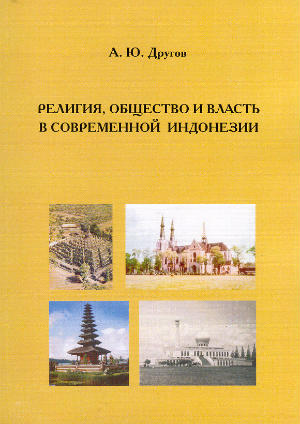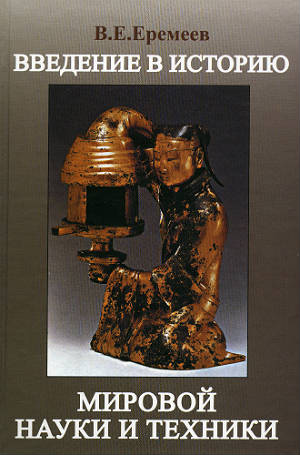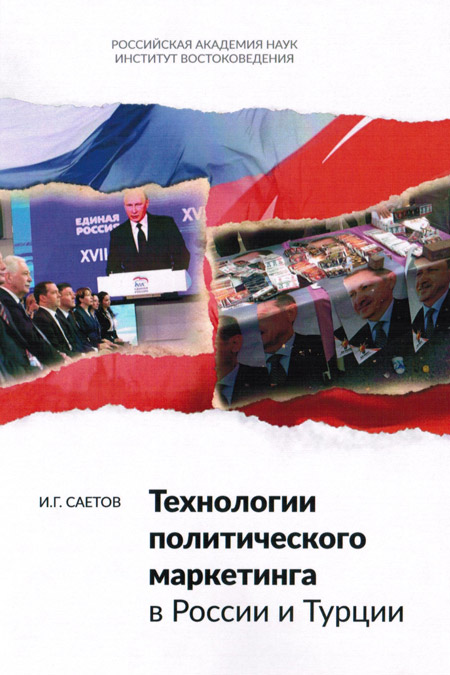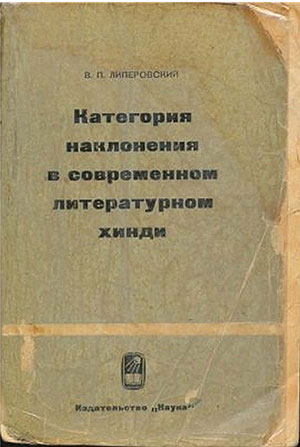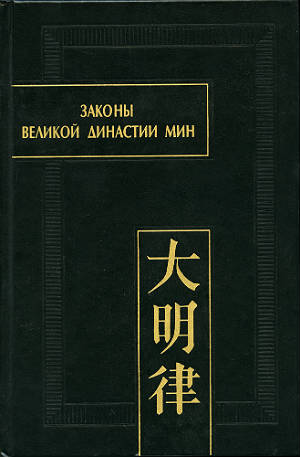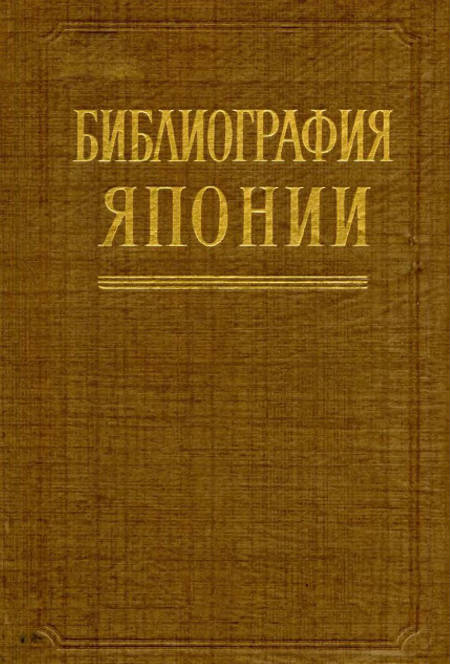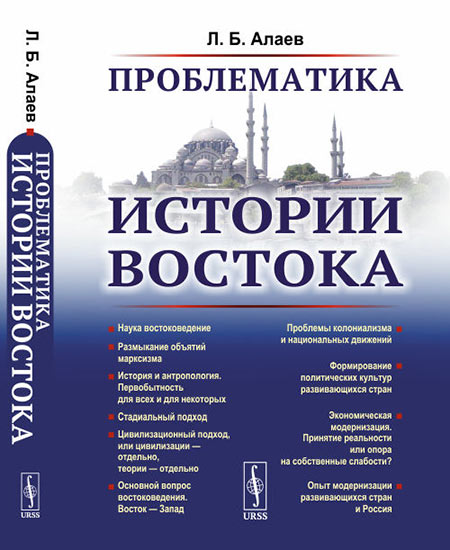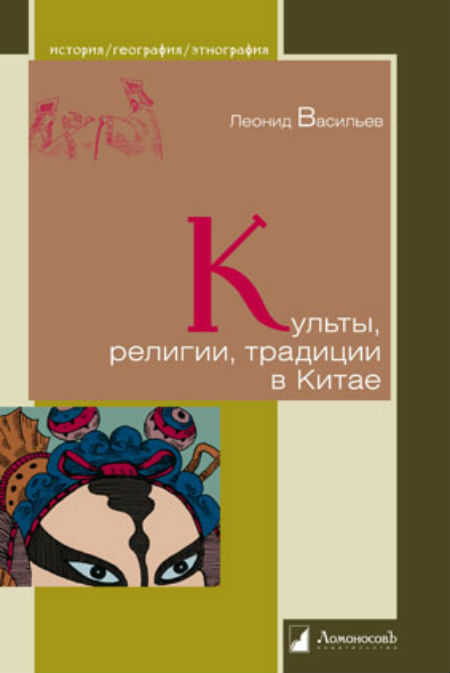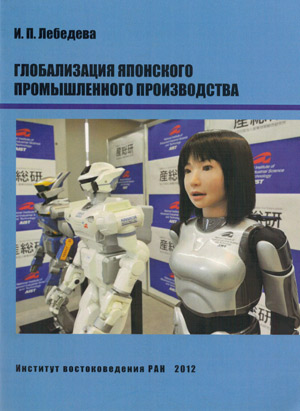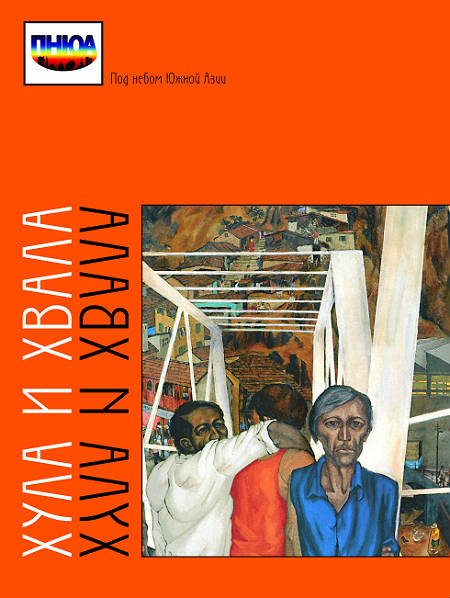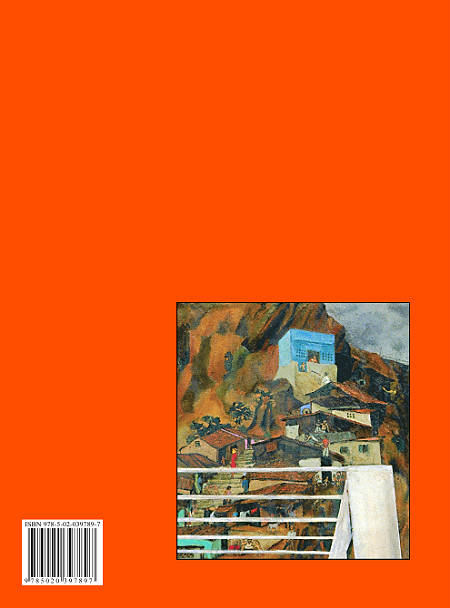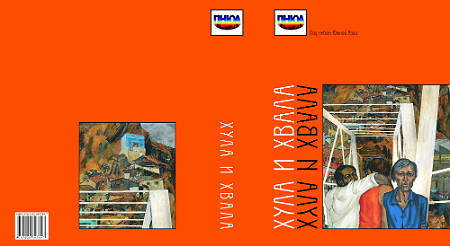Book
Under the Skies of South Asia. Censure and Praise: Communicative Modalities of Historical and Cultural Specificity
General Editor: Glushkova Irina
Еditor: Vanina Eugenia
Москва, 2017, 927 p.
This is the fourth volume to emerge from the multidisciplinary research project Under the Skies of South Asia launched by Irina Glushkova and implemented by the Centre for Indian Studies, Institute of Oriental Studies, Moscow, as well as Indianists and South Asianists from other institutions, in order to reflect on important historical, cultural, social, and political problems of India, Pakistan, Bangladesh, Nepal, Sri Lanka, Bhutan, and the Maldives. The basic principle applied to the whole project, irrespective of the theme chosen for a particular volume, is Not in general, but in particular. It presupposes a reversal of the Orientalist principle of theorizing about an abstract, uniform “India” or the imaginary “East” followed by picking up selected (mainly textual) data to corroborate ethereal theories. Each theme of the project is based on a study of flesh-andblood realities of a place, social or cultural group, polity, and so on, i.e. it deals with spatially, culturally and temporally delimited entities. The methodology applied in every volume seeks not to pursue pre-conceived abstract clichés, but to represent research tools used by the world’s leading academic centers and scholars. To this end, special mention should be made of the “visual”, “mobile”, “spatial,” “emotional” and “material” turns of contemporary scholarship in the humanities which, after over a century-long dominance of studies in “ideas”, has now diverted attention to a world that we can see, hear, touch, feel and explore. The first volume of this project, Portrait and Sculpture. Territories, Ideologies and Ethnicities as Viewed through Material Objects (ed. by Irina Prokofieva), was published in 2014; the second volume, Mobility and Space. In Quest of Meanings beyond Stasis (ed. by Svetlana Sidorova), in 2015; the third volume, Territory and Belonging. Geopolitical Construction, Human Agency and the Perception of Places (ed. by Anna Bochkovskaya) in 2016. The fourth volume (ed. by Eugenia Vanina) centers on “censure” and “praise’” as verbal or non-verbal communicative acts, publicly approving/disapproving of an object vis-à-vis social, ethical, moral, aesthetic, religious, etc., norms of a society or a group, on communicative strategies, economies, organizational and manipulative techniques of abuse and praise in various socio-cultural strata and political realities of South Asia.
It has a retrospective chronological structure; its three parts discuss respectively “modern”, “colonial” and “medieval” epochs, each signifying not only a historical period but means of communication prevalent during a given era. Part I, Modernity, deals with the period of electronic media and the internet. It comprises three sections: 1) Man and Society: the Lexicon of Social (Dis)comfort discusses emotional aspects of praise, tourist branding as the countries’ self-promotion and the travelers’ response, diasporic nostalgia, social protest, internet hate speech and “verbal foulness” in the public discussions and confrontations between the rival groups and / or individuals as a distinct genre of the Maharashtrian literary discourse throughout the twentieth century. 2) Citizen and Power: the Logic of Political Battles centers on linguistic and visual means of political propaganda, the “blasphemy” laws and their implications in Pakistan, Bangladesh and the Maldives. 3) The Sycophantic Quadriptych deals with the tradition of groveling in South Asia’s social and political life. Part II, Colonialism, centers on the period when Western powers familiarized the subcontinent with print media that quite soon emerged as a powerful weapon against colonial domination. It comprises three sections: 1) The British and the Indians: Rhetoric of Domination and Submission analyses British missionary discourse on Indians and their religion, polemics and reciprocal misconceptions in court proceedings, colonial policies of rewarding their native allies and perpetuating the British servants of empire as well as the argumentation of Indian reformists’ infatuation with the West. 2) Patriots and Anglophiles: the Didactics of National Resurgence discusses Indian nationalist discourse glorifying India and condemning both the colonial masters and their native supporters. 3) The Marathi Triptych centers on the princely states that had emerged as a result of the eighteenth century Maratha expansion and employed various British and indigenous techniques of reputation building / destroying to legitimize their respective dynasts. Part III, The Middle Ages, goes back to the times when orality and manuscripts were major means of communication. It likewise comprises three sections: 1) Believers and Unbelievers: the Attributes of Mutual (Dis)liking deals with the mutual perceptions of religious communities like Hindus, Muslims and Sikhs. 2) Humans and Gods: the Poetics of the Hindu World discusses the Hindu modes of eulogizing and satirizing the divine and the mundane. 3) The Tamil Poetic Triptych: the Acceptable and Unacceptable analyses the views of the early medieval Tamil poets on the rightful and sinful life. The volume’s multi-disciplinary approach combines the analysis of textual sources, varying from early medieval texts to modern internet forums, with the results of fieldwork in diverse parts of South Asia. The participants discovered and brought to light some of hitherto unpublished documents belonging to British and Indian archives. Translations from various South Asian litterateurs, from early medieval classics to modern writers, highlight, along with visual illustrations, the argumentation of the research texts. The volume contributes to the understanding of the modes and means of censure and praise in the South Asian countries, passing the baton onto the next part of the project that proposes to negotiate “shame and pride” as representatives of a wide range of emotions, feelings, sentiments, moods and states.


